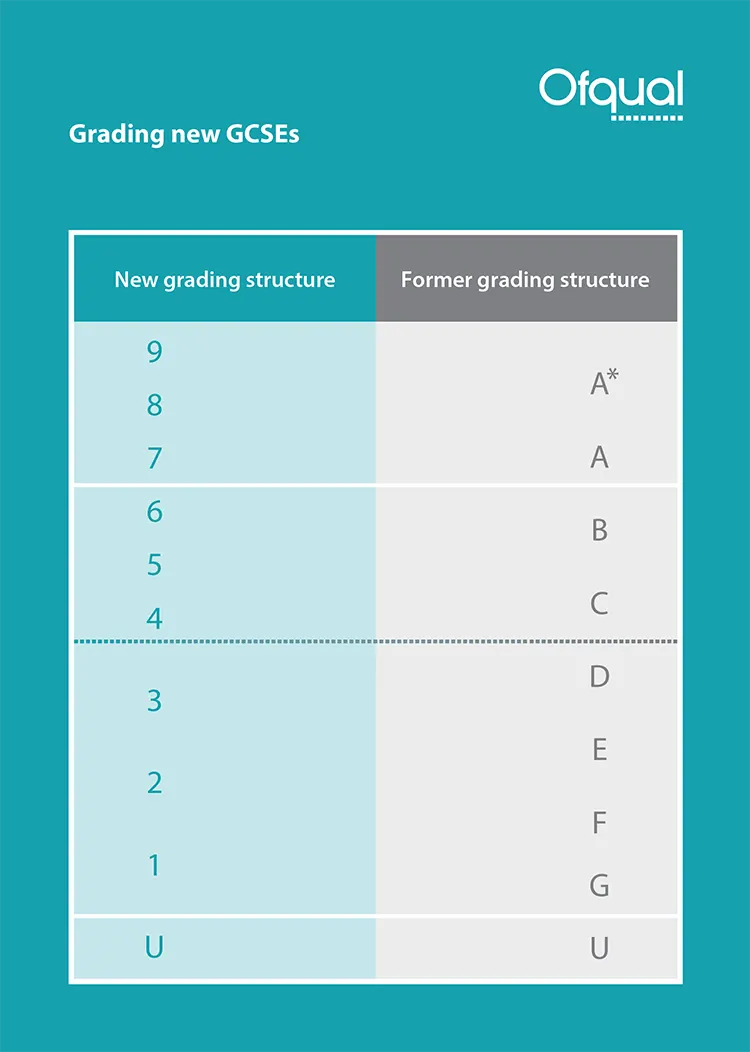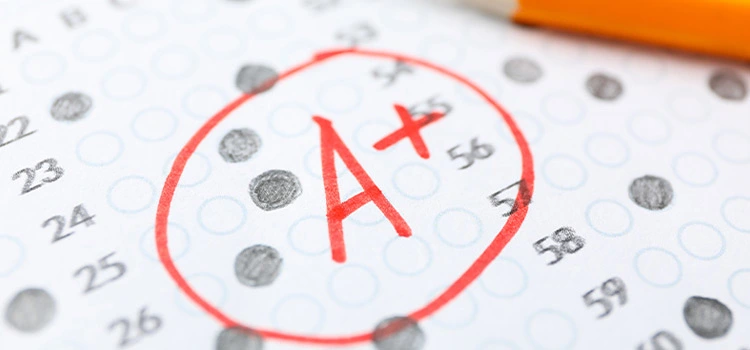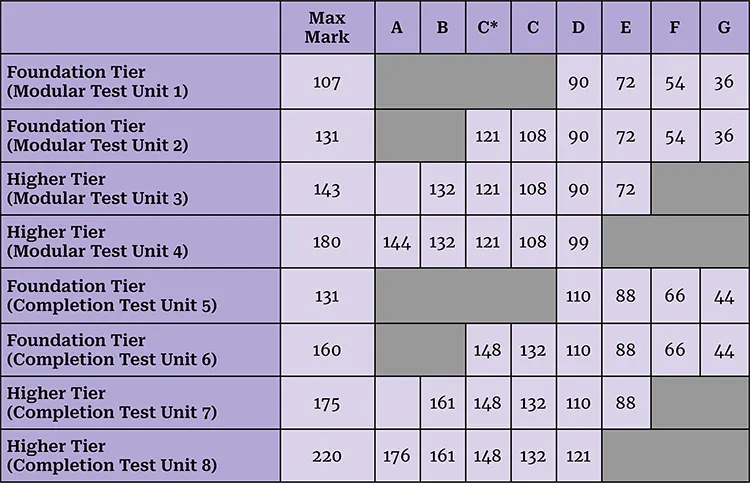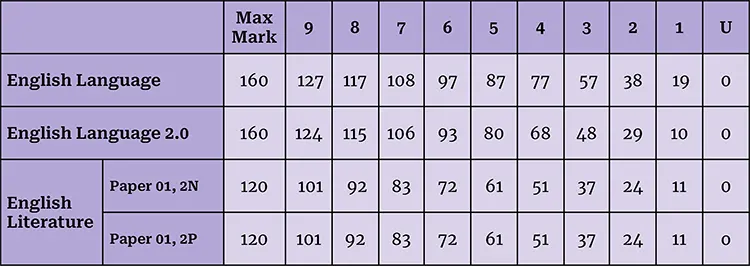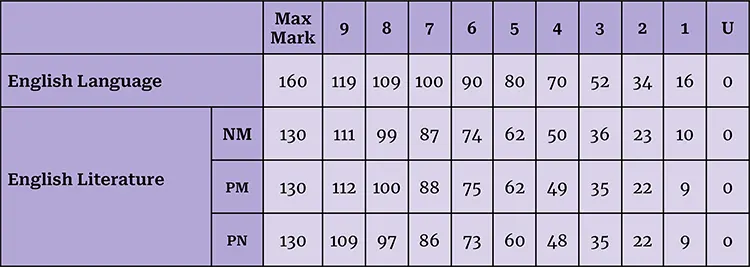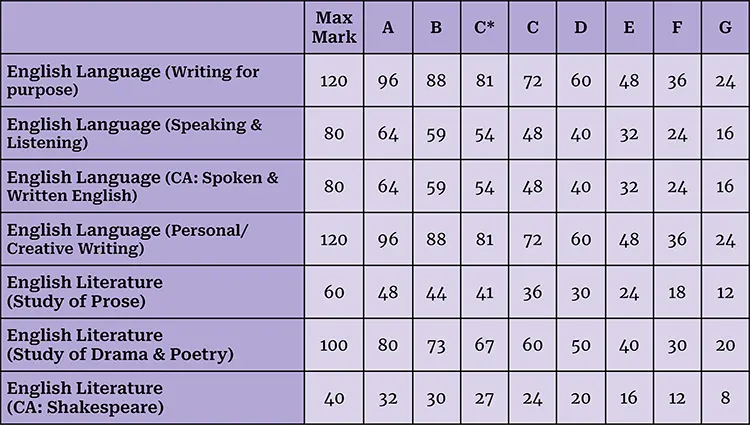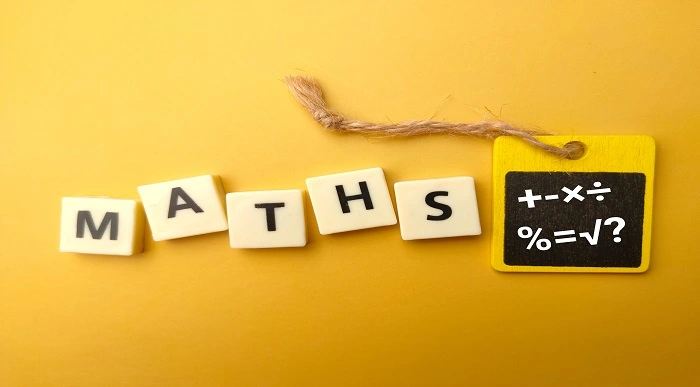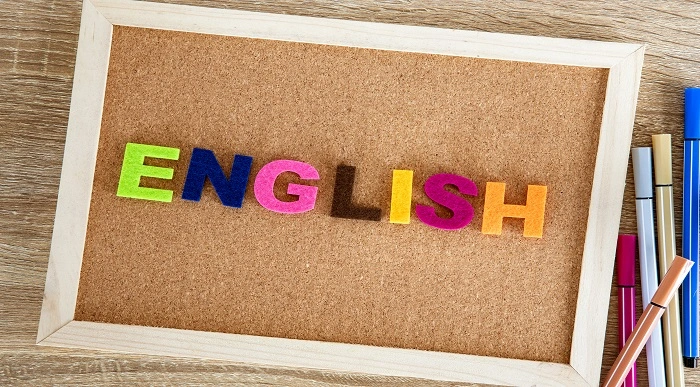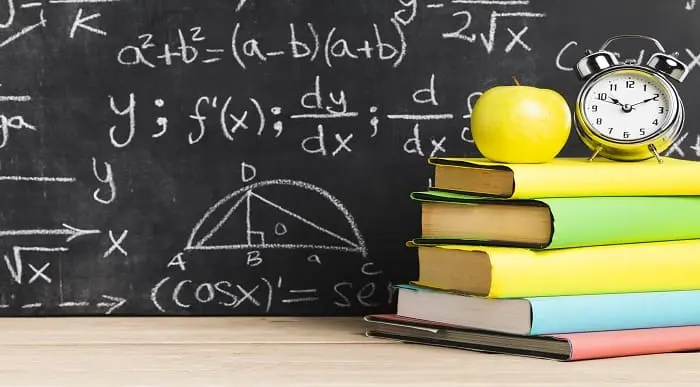GCSE
GCSE Grade Boundaries – All Boards 2022-2023
Gone are the days when GCSE examinations had letter grades to award candidates. With the initiation of the GCSE new grading system, new assessment styles were also introduced. However, the constant fear that GCSE grade boundaries might be high still persists among students.
Grade boundaries have always played a vital role in GCSE examination results. For example, a slight increase might cause a student to receive a lower grade. But, on the other hand, it might even help you improve your grade.
While many believe that it is sheer luck to get good grades in your GCSE examinations, here is everything you need to know about GCSE grade boundaries and the new grading system.
Table of Content
Difference Between the Old and New GCSE Grading System
The main difference between the old and the GCSE new grading system of exams is that previously students were awarded Letter grades (A* to G). However, the new grading system introduced in 2019 involves a 9-1 grading system.
According to the Department of Education, this numbering system was introduced to differentiate between the old and new GCSE qualifications.
Earlier, a handful of students would end up achieving A* grades, making it difficult for universities or employers to distinguish the best candidates. Now, the new grading system has 9 as the highest grade, which is only awarded to a few students.
On the other hand, previously, a large portion of students would get G, C and A grades which now will be awarded Grades 1, 4 and 7.
The table below depicts what each number grade represents in comparison to the old grading system:
GCSE Grade Boundaries Explained
Look at the table below to understand what each grade indicates in the new grading system.
Now, you might wonder what was wrong with the old grading system.
9 = High A* grade
Grade 9 is the highest grade usually awarded to the top 5% of the candidates. These students usually fall under the outstanding category.
8 = Low A* / High A grade
Students with this grade have also performed very well but may have missed the highest grade by a slight margin.
7 = Low A grade
As per Ofqual guidelines, the bottom line of grade 7 is similar to that of low grade A compared to the old grading system.
6 = High B grade
Grade 6 is considered as High B, which means in the upper line of the B grade in the old grading.
5 = Low B / High C grade
Candidates achieving this grade for a particular subject means they have fulfilled the requirement of a ‘Strong Pass’.
4 = Low C grade
Grade 4 is considered as a ‘Standard Pass’ for most subjects and aligns with the bottom of Grade C in the old grading system.
3 = D / High E grade
Grade 3 is awarded to students with grade D. It is even aligned with the upper of Grade E in the old grading system.
2 = Low E / High F grade
Grade 2 is aligned with the upper of Grade F and with the bottom of Grade E in the old grading system.
1 = Low F / High G grade
Grade 1 is aligned with the upper of Grade G and with the bottom of Grade F in the old grading system.
U = U
Candidates with a U grade means they definitely have to retake the exam.
Main Reason for the New Grading System
Well, it was to distinguish between the highest achieving students. On top of that, employers would understand that a student has taken a more challenging GCSE qualification, not the old one.
According to Ofqal.blog.gov.uk, as the demand of colleges, universities and even employers are changing quite frequently, GCSE boards in the UK have to keep pace with that.
Moreover, the new grading system also allows colleges, sixth forms, universities and companies to distinguish the students better.
Now, the main question is, what are the GCSE grade boundaries?
GCSE Grade Boundaries
GCSE grade boundaries are basically a list that tells us about the raw marks a candidate needs to attain to be awarded a certain grade. It varies according to exam boards and even according to the subjects offered by each board.
Furthermore, the grade boundary is different in each exam session to ensure a fair grading policy.
Senior examiners usually set grade boundaries, but how do they do it?
How Are They Set?
Grade boundaries are set after candidates have sat for the examinations and after marking completion.
The senior examiners usually follow the Principle of Comparable Outcomes method to set the grade boundaries. This means the current paper is compared with the previous year’s difficulty level; if it is more challenging than the last year, then the grade boundaries are lowered and vice versa.
Although there are other factors involved in setting the grade boundaries, for instance, senior examiners must also pay attention to the examiner’s feedback and keep previous achievement statistics in mind.
When are They Released?
Previously, GCSE grade boundaries were released days before the GCSE results day. Unfortunately, this would cause students to be more stressed out about their results and cause anxiety; hence, this is no longer practised.
Nowadays, the grade boundaries list is released on the day the GCSE results are published.
The GCSE grade boundaries are usually available on the website of each awarding body. Students can also download the grade boundaries of previous years to get an idea.
GCSE Grade Boundaries 2022 and 2023
To give you an idea about the GCSE grade boundaries, let us look at the grade boundaries of GCSE Mathematics and English for each exam board in the UK for the year 2022.
Mathematics
- Edexcel GCSE Maths Grade Boundaries – The table below illustrates the grade boundaries of GCSE Maths grade boundaries of the Summer 2022 session only.
You can check the grade boundaries of other subjects from here – Grade Boundaries of all subjects (June 2022)
- AQA GCSE Maths Grade Boundaries – The GCSE maths grade boundaries set by AQA for June 2022 session is given below for both Foundation and Higher Tier.
If you would wish to check the grade boundaries of other subjects, please refer to this link: Grade Boundaries of all subjects.
- OCR GCSE Maths Grade Boundaries – Unlike AQA, according to OCR June 2022 maths grade boundaries candidates had to secure atleast 170(Foundation) and 82(Higher) marks respectively to get a strong pass.
Check out the grade boundaries of other subjects using thing link : Check out the grade boundaries of other subjects.
- WJEC GCSE Maths Grade Boundaries – According to the table below, students needed at least 10(Foundation), 14(Intermediate) and 17(Higher), to ensure they do not get a ‘U’ grade.
For more information about other subjects grade boundaries, you can go to this link: Linear Grade Points (June 2022)
- CCEA GCSE Maths Grade Boundaries 2022 – CCEA GCSE maths grade boundaries are covering both foundation and higher level. Each level further offers Modular Test Unit and Completion Test Unit.
To know more about other subjects grade boundaries of CCEA click on this link: know more about other subjects grade boundaries of CCEA.
Here is a downloadable link for the Maths Grade boundaries of all 5 exam boards – GCSE Maths Grade Boundaries (all exam boards) 2022 (1)
English
- Edexcel GCSE English Grade Boundaries – Unlike GCSE Maths, Edexcel does not offer 2 levels of English hence this table shows only English Language and English Literature grade boundaries.
- AQA GCSE English Grade Boundaries – For the June 2022 session AQA English Grade Boundaries, as per the grade boundaries given below, English Literature offers 3 different papers – NM, PM, and PN with each carrying 130 marks. On the other hand, English Language carries 160 marks.
- OCR GCSE English Grade Boundaries – Unlike, Edexcel and AQA, OCR grade boundaries offers only one type of English Languange and English Literature. As per the grade boundaries of June 2022 show below, each total marks is 160.
- WJEC GCSE English Grade Boundaries – The pass mark for G grade set by WJEC board is 39 for June 2022 English Language grade boundaries. Hence anything below that would be considered Fail or ‘U’.
- CCEA GCSE English Grade Boundaries – CCEA English grade boundaries are shown below where the 3 papers of English Langauge are carrying 120, 80 and 80 marks respectively. On the other hand, the 3 papers of English Literature are carrying 60, 100 and 40 marks respectively.
Here is a downloadable link for the English Grade boundaries of all exam boards – GCSE English Grade Boundaries 2022 – exam boards
We know how grade boundaries are set, but how are the GCSE grades calculated?
GCSE Grades: How are they Calculated?
If the marks of each paper are the same, then the marks of each component are added, and the total mark obtained is compared with the grade boundaries set by the senior examiners. However, if each component carries different marks, then the procedure is different.
If one of the components has more weight than the other, then the raw marks obtained are multiplied by the weighted factor, and then the rest of the steps are the same as before.
For reference, check how OCR calculates their GCSE Grades.
GCSE Pass Grades
According to the new GCSE grading system, the standard pass for GCSE examinations is a strong 4. Hence for subjects like English, if a student ends up with a grade lower than that, they must take the subject post-16 education.
On the other hand, if you are targeting a strong pass for better chances at higher education, you must achieve a Grade 5 or above in Mathematics and English. However, every employer and university has their own criteria.
Conclusion
We know how difficult it must be for students to worry about whether the GCSE grade boundaries will be lower or higher than the previous year’s. However, pondering on this will be a waste of time as it depends on the difficulty level of the exam questions and the people setting the grade boundaries. The best you can do is study hard and practise exam papers as much as you can!
FAQ
Is a 43 a pass in combined science?
For GCSE combined sciences, a 4-3 grade is allowed just to minimise the risk of students entering the Higher Tier.
Will GCSE grade boundaries be lower in 2023?
According to an article by The Guardian, the Department of Education has announced going back to pre-pandemic levels for grades awarded to students. Hence, the GCSE grades will be lower in 2023 than in Summer 2022.
Will 2023 GCSE Students get Advance information?
No, as the GCSE examinations will be returning to pre-pandemic arrangements, no students will be given any Advance Information for 2023. However, candidates will be given extra support, such as a formula sheet in the form of exam air for subjects like Mathematics, Combined Science, and Physics.
Will GCSE go back to normal in 2023?
According to gov.uk, GCSE exams will return to the pre-pandemic arrangements and the grading system in 2023.
Will the 2023 GCSE candidates get an equation sheet?
DfE and Ofqual have announced that candidates will receive a formula sheet during the 2023 GCSE examination for subjects Maths, Physics, and Combined Science only.
How many GCSEs do you need?
BBC.UK states that a student can take up to 9 subjects where Maths, Science, and English are mandatory for everyone. Although the minimum requirement is at least 6 GCSE subjects, most colleges consider a minimum of 5 subjects with a minimum grade of 4.
Will 2023 exams be cancelled?
DfE and Ofqual have confirmed that GCSE examinations will return to normal in 2023.
Is French a compulsory GCSE?
While French is not a compulsory subject in England for GCSE, they can do so if a student wants to take a foreign language course.
What to Read Next:
- GCSE Exam Centres
- How to Revise for GCSE: Best Ways to Revise for GCSE (Step by Step Guide)
- IGCSE vs GCSE: What are the Differences & Which is Harder?
- GCSE Maths Formula Sheet – All Formula with Explanation
- How To Get Maths GCSE Quickly
- What are GCSEs? Everything you need to know
- GCSE Maths Grade Boundaries for All Boards – [2019 to 2023]


